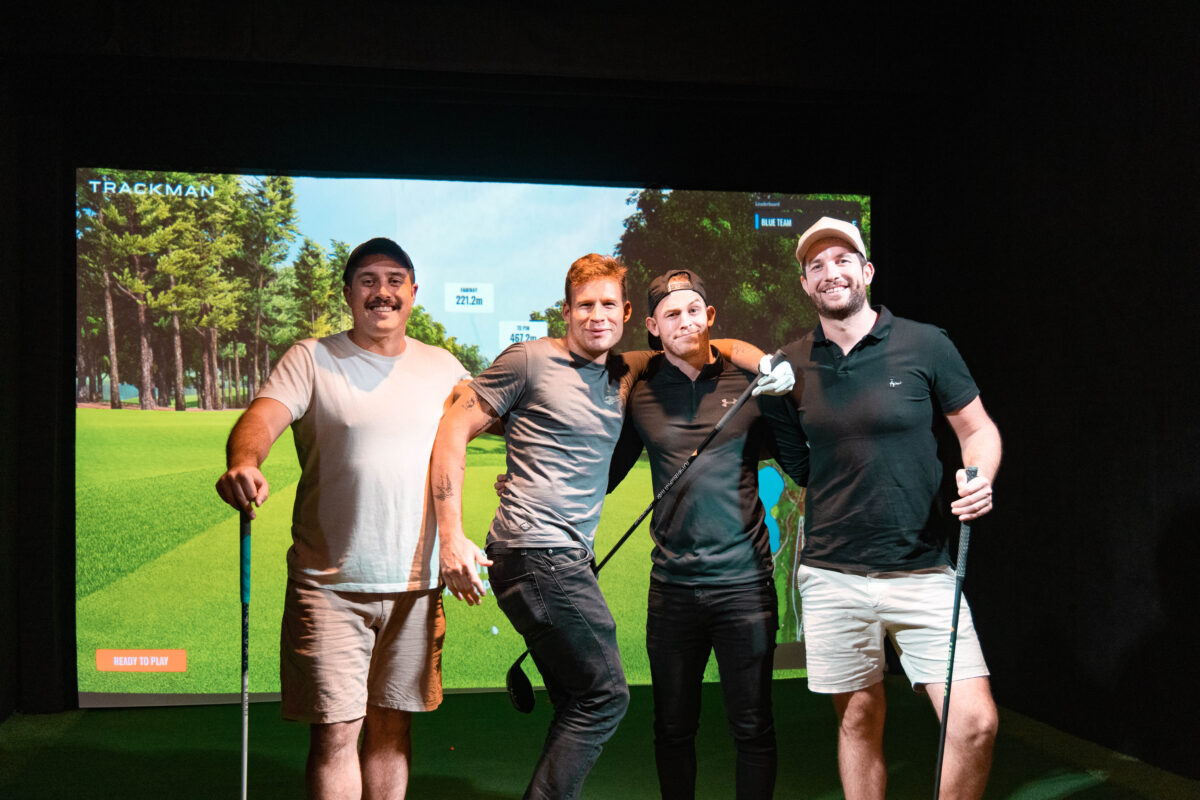Hey there, fellow golf enthusiasts!
If you are someone who enjoys playing a round of golf with your buddies, but the weather just won’t cooperate, or you are looking for a unique way to socialise, then you’re in for a treat!
Indoor golf simulator games are taking the world by storm, and they offer the ultimate social experience for golfers of all skill levels.
Let’s dive into why these virtual greens are the ultimate social experience – bringing people together like never before.
1. Quality time with loved ones
An indoor golf game offers an opportunity to spend some precious quality time with your friends and family. The simulator setting encourages conversation and laughter, whether it is a group of friends, family members or colleagues. You will find yourself sharing stories and creating new memories together. In essence, it is a social gathering that goes beyond just hitting golf balls.
2. Cheers and celebrations
Imagine sinking a long-distance birdie putt on the final hole or executing a perfect golf swing. In an indoor golf simulator, these moments of brilliance are met with spontaneous cheers, high-fives, and perhaps even a victory dance or two. The shared excitement and celebrations make every fantastic shot feel like a tremendous accomplishment, strengthening the bonds between players.
3. Team building
For corporate outings and team-building events, indoor golf simulators offer an ideal platform for fostering teamwork and networking. Playing a round of golf together allows colleagues to connect in a relaxed atmosphere, away from the pressures of the office. It’s a chance to build relationships, exchange ideas, and strengthen professional bonds, all while having a great time.
4. Friendly competitions and challenges
One of the most engaging aspects of indoor golf simulator games is the friendly competition they foster.
As you and your friends take turns at the virtual tee, you’ll experience the thrill of going head-to-head on iconic golf courses. Who can sink the longest putt? Who can avoid the virtual water hazards? These playful rivalries make for unforgettable moments and plenty of friendly banter.
5. Community and leagues
Many indoor golf simulator companies host activities and leagues that bring together like-minded golfers.
Joining a league may be an excellent opportunity to meet new people, make new friends, and participate in regular social golf sessions. It is a welcoming place where you can learn from others, share your experiences, and celebrate your accomplishments together.
Conclusion
In essence, indoor golf simulator games are about more than simply swinging clubs and sinking putts; they are also about forming and developing bonds. These encounters leave a lasting impression and provide chances for social connection that extend well beyond the virtual fairways and greens.
So, whether you’re a seasoned golfer or simply seeking a fun way to socialise, indoor golf simulators provide a welcome and entertaining environment for connecting with people while enjoying your favourite sport.
Pay a visit to Five Iron Golf’s digital golf driving range today for a cool and unique golfing experience. What distinguishes Five Iron Golf, apart from our incredible space, is our unwavering commitment to delivering an exceptional indoor golf event, regardless of your budget. Our team is enthusiastic about collaborating closely with you to craft a customised experience that not only meets but surpasses your envisioned virtual golf event. We offer a diverse array of event packages guaranteed to leave a lasting impression on your guests.
To learn more, do not hesitate to get in touch with us today!

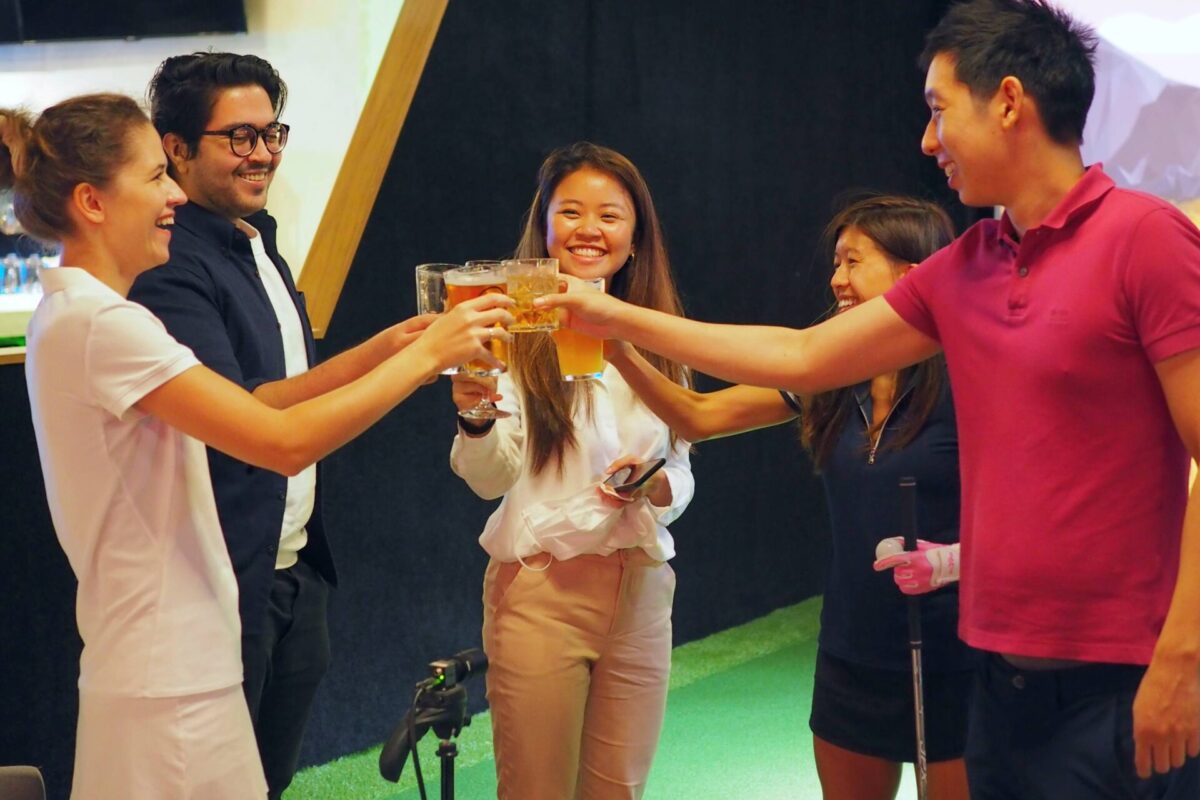
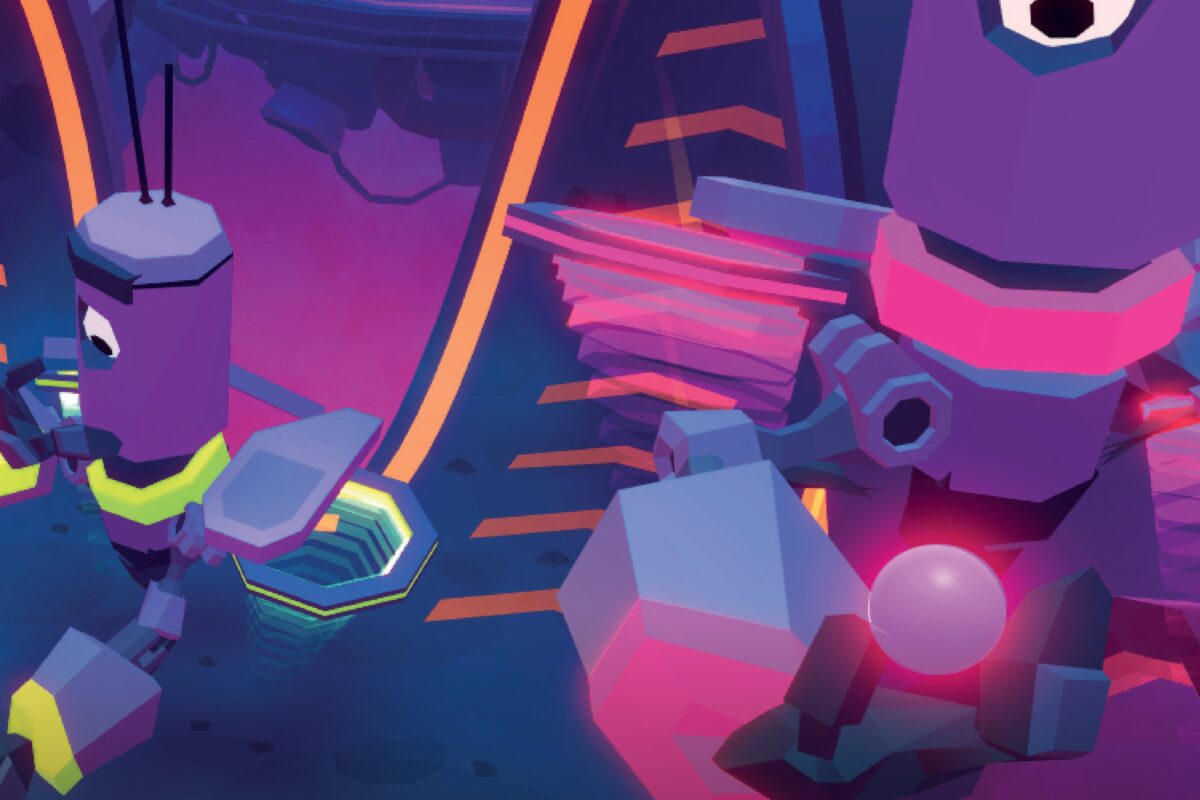


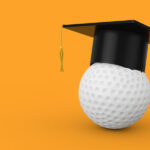 To sum up, indoor golf simulator lessons offer a fantastic opportunity to enhance your golfing skills, regardless of the weather outside. By taking into account the 5 tips we have shared above, you can surely make the most out of your indoor golfing experience. So, grab your clubs, step into the virtual world of golf, and watch your game soar to new heights!
To sum up, indoor golf simulator lessons offer a fantastic opportunity to enhance your golfing skills, regardless of the weather outside. By taking into account the 5 tips we have shared above, you can surely make the most out of your indoor golfing experience. So, grab your clubs, step into the virtual world of golf, and watch your game soar to new heights!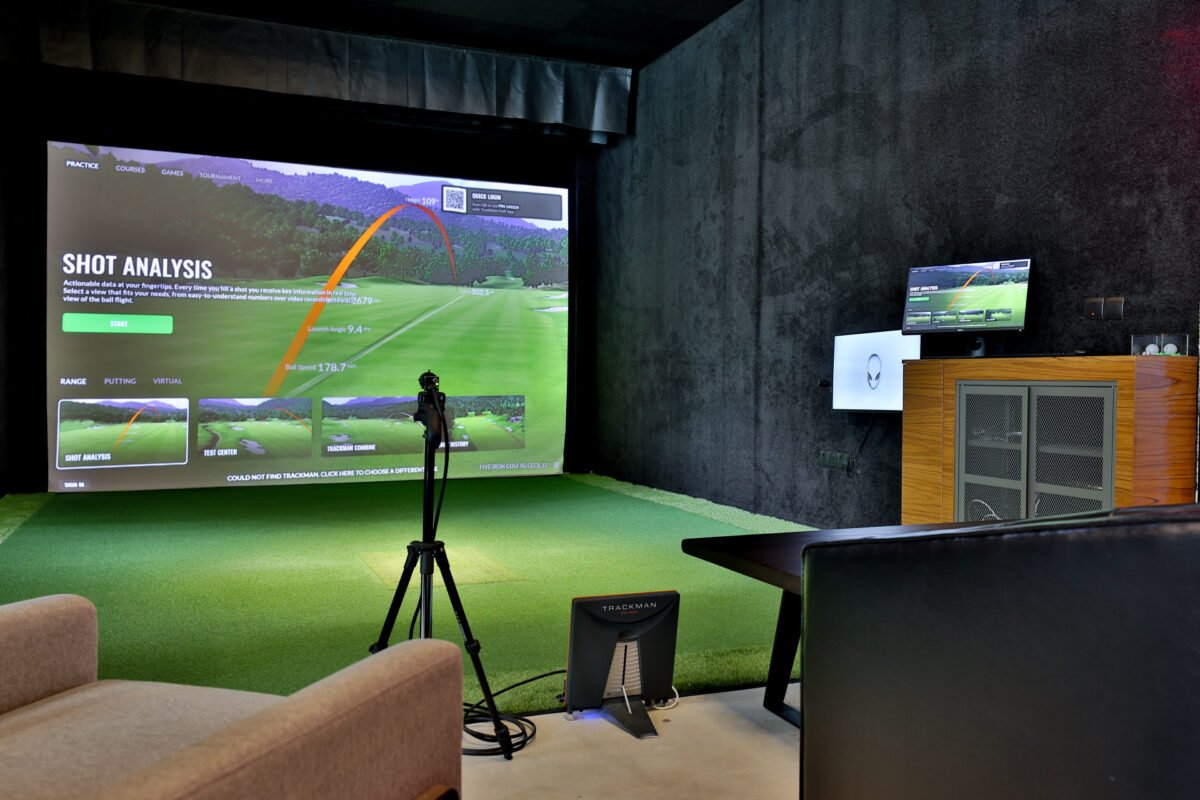
 Indoor golf simulators have come a long way from their early beginnings, and they are far from the myths that have been associated with them. No matter your skill level or the weather outside, they provide an interesting and effective way to practise and play golf. In essence, these simulators have become an invaluable tool for golfers trying to improve their game, thanks to reliable feedback, customisable settings, and realistic gameplay. So, if you’ve been hesitant to try indoor golf, it’s time to dispel those beliefs and enter a whole new world of golfing fun and progress!
Indoor golf simulators have come a long way from their early beginnings, and they are far from the myths that have been associated with them. No matter your skill level or the weather outside, they provide an interesting and effective way to practise and play golf. In essence, these simulators have become an invaluable tool for golfers trying to improve their game, thanks to reliable feedback, customisable settings, and realistic gameplay. So, if you’ve been hesitant to try indoor golf, it’s time to dispel those beliefs and enter a whole new world of golfing fun and progress!

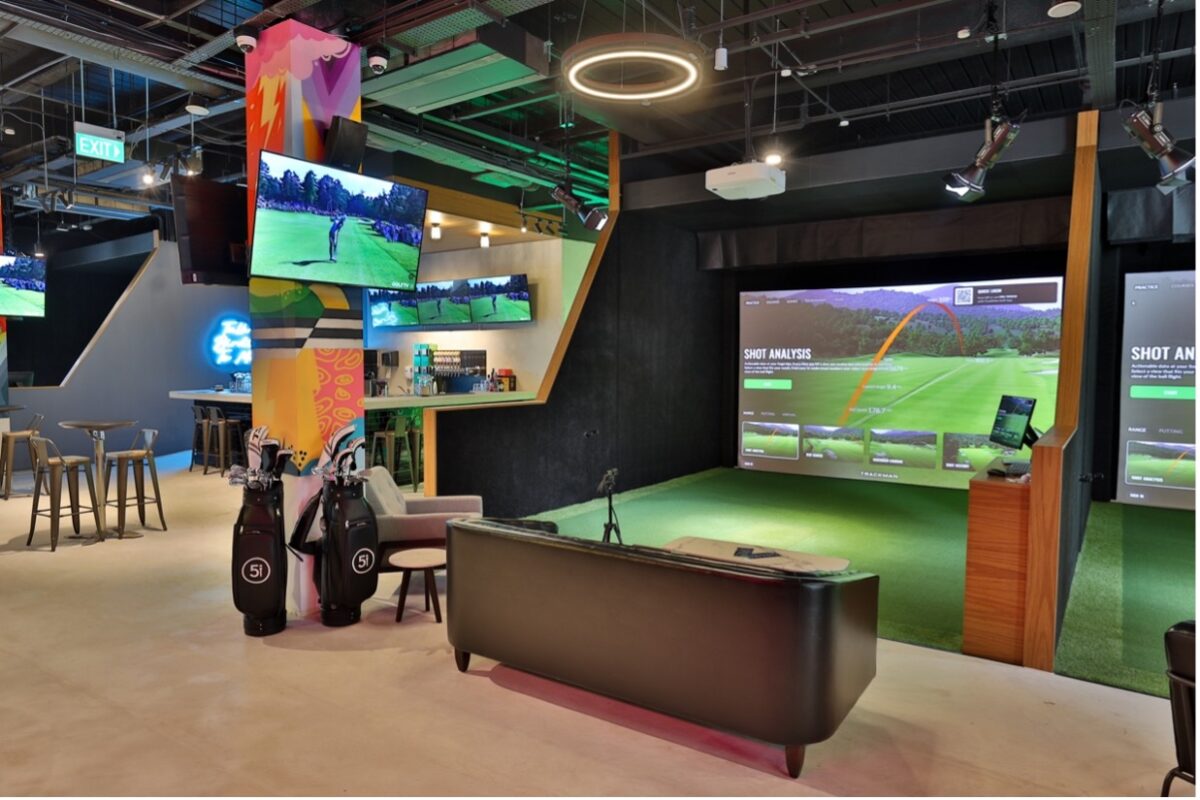
 Golf simulators have revolutionised the way golfers approach practice and improvement. By leveraging the power of technology, these simulators offer a thorough and data-rich analysis of your performance, empowering you to make informed decisions and tailor your training to focus on specific problem areas.
Golf simulators have revolutionised the way golfers approach practice and improvement. By leveraging the power of technology, these simulators offer a thorough and data-rich analysis of your performance, empowering you to make informed decisions and tailor your training to focus on specific problem areas.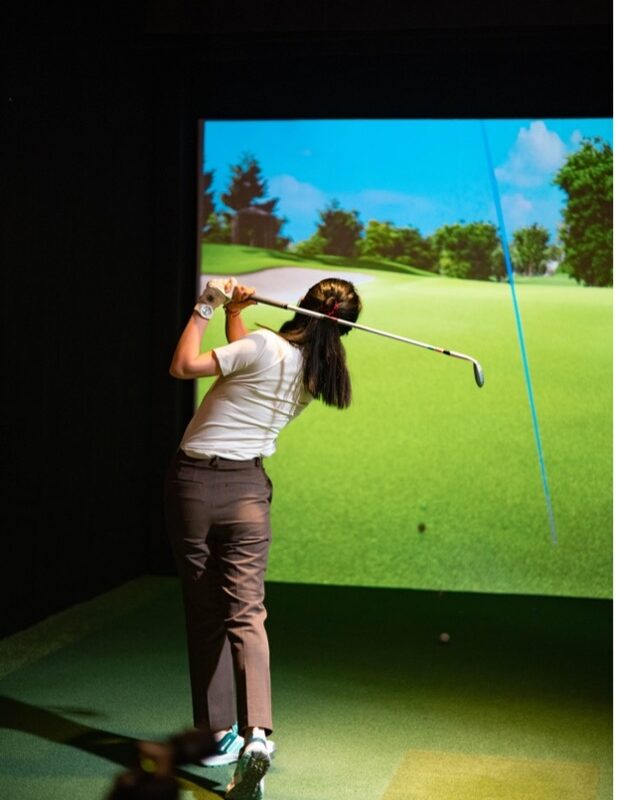
 In the ever-evolving world of golf, refining your swing requires commitment and consistent practice. While the outdoor course offers its own challenges and rewards, indoor golf
In the ever-evolving world of golf, refining your swing requires commitment and consistent practice. While the outdoor course offers its own challenges and rewards, indoor golf 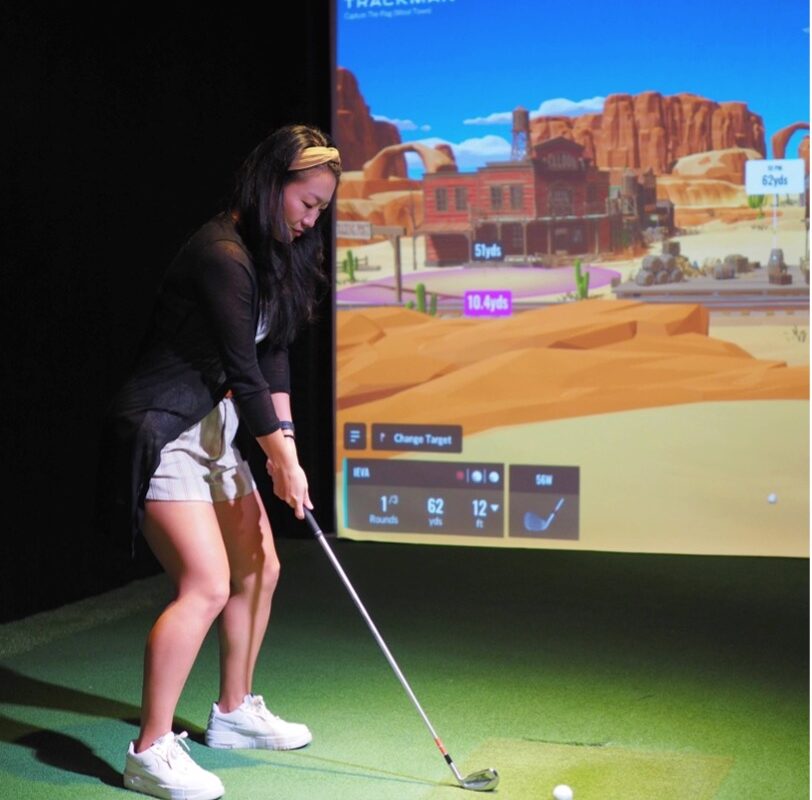

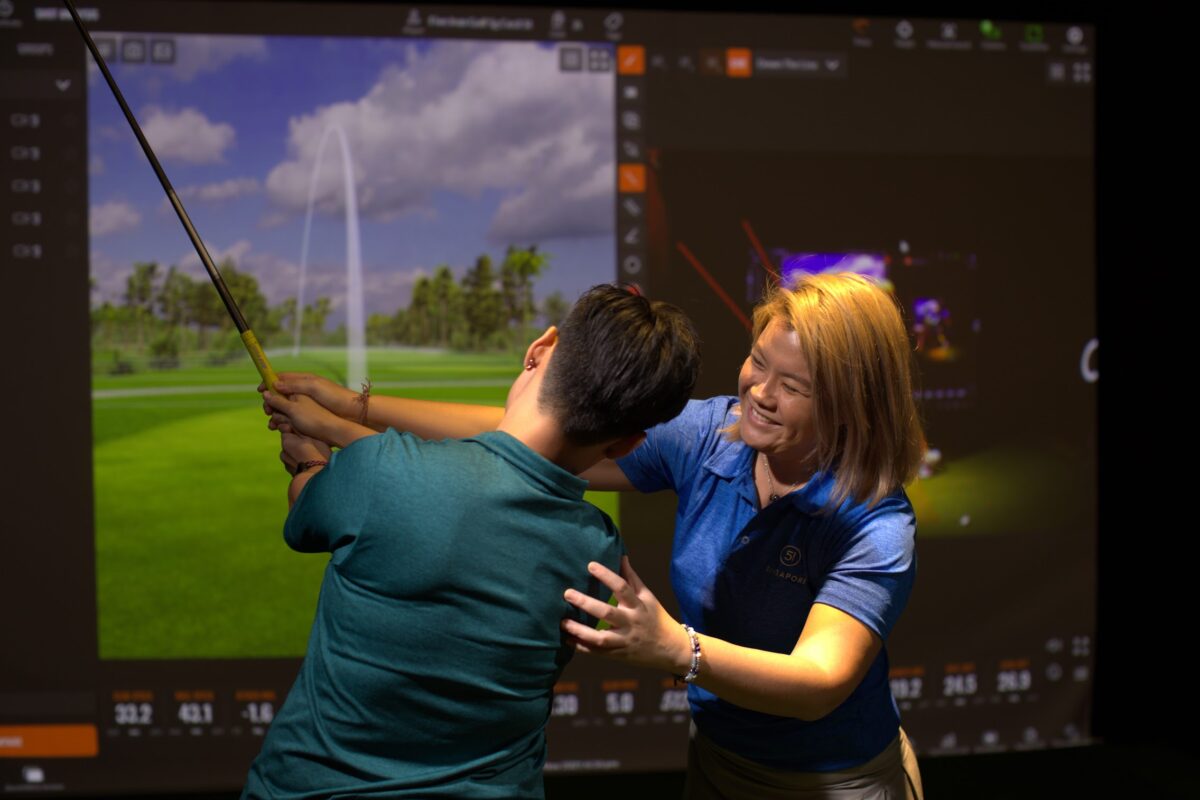
 Conclusion
Conclusion